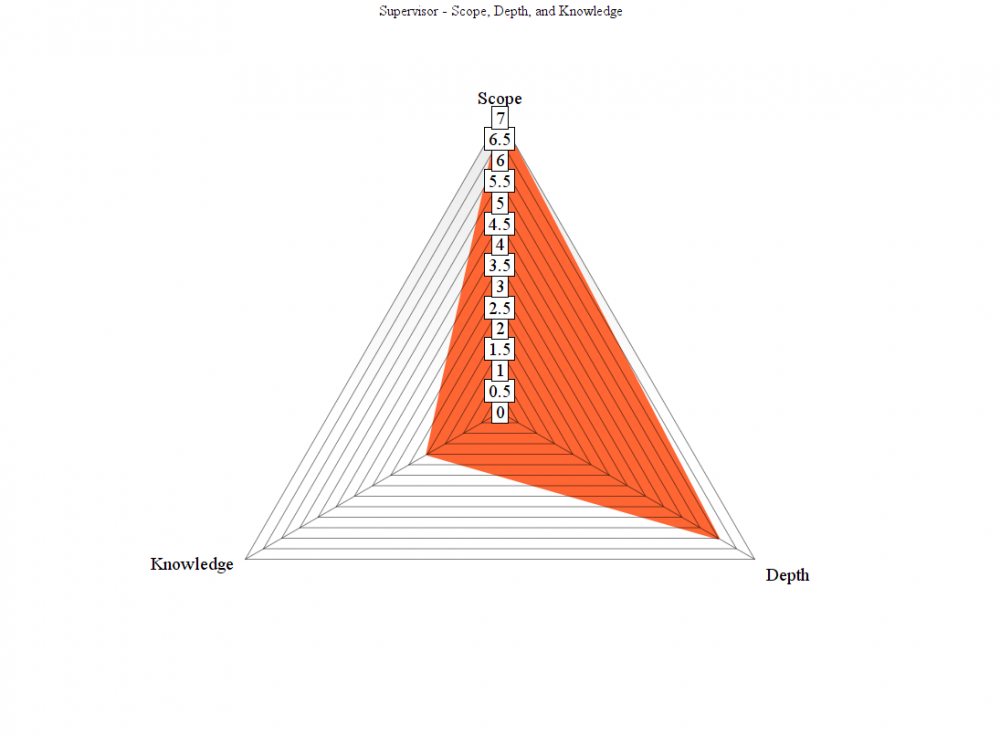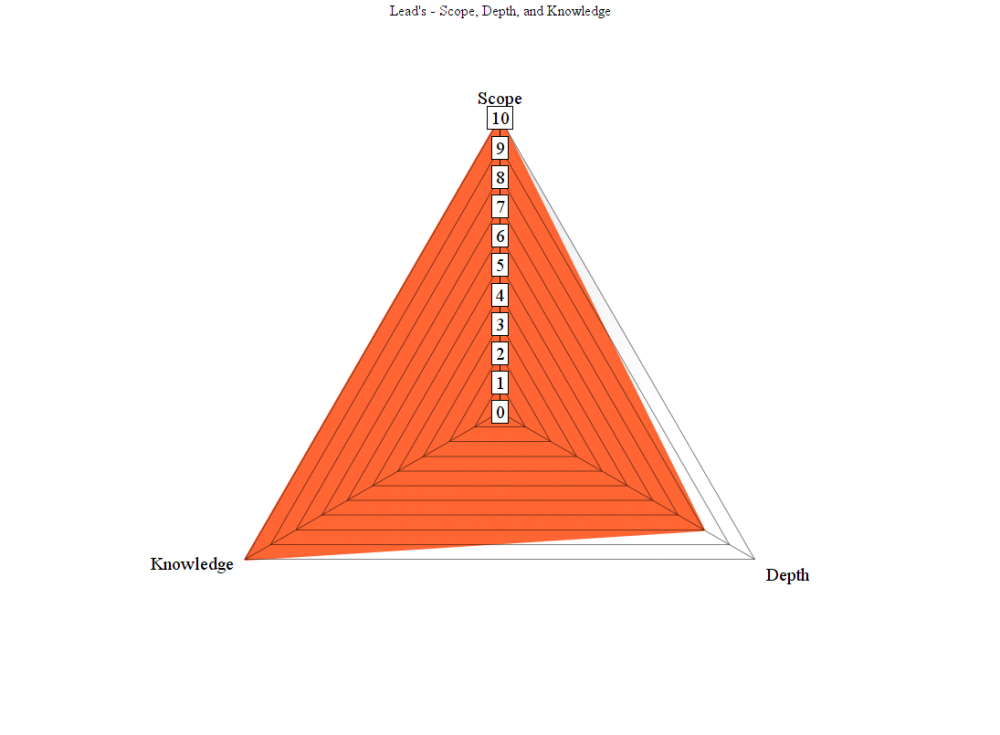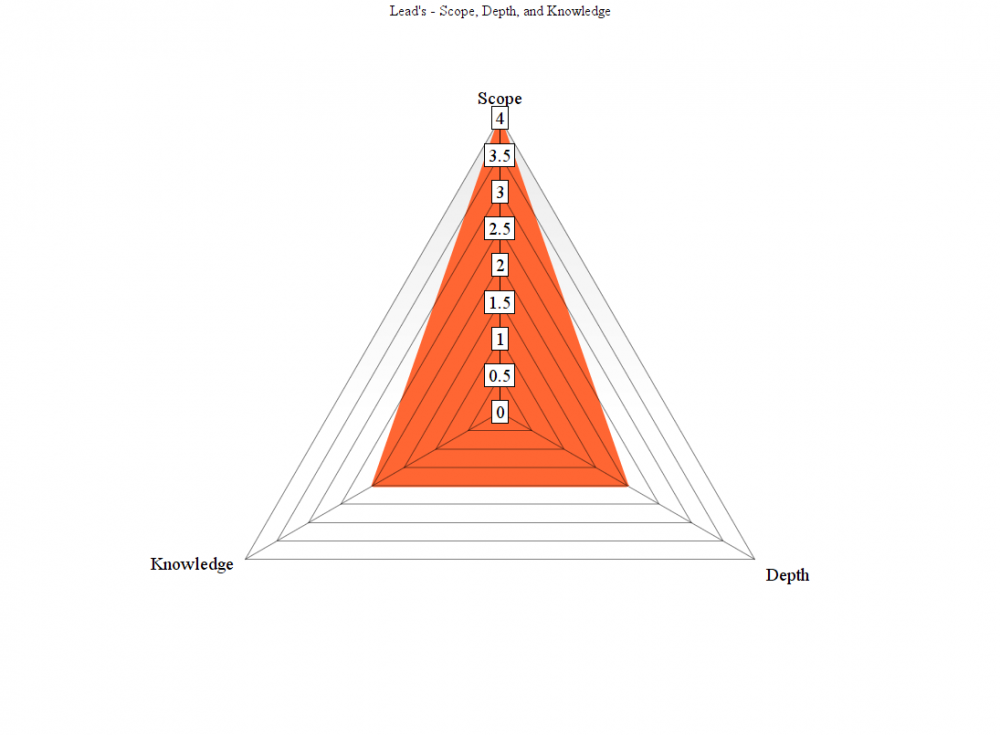
This is just my opinion, so you should probably take it with a grain of salt.
There’s a reason why some Human Resources (HR) departments are so large and premium salaries are paid to staff them… it’s cheaper than fighting lawsuits. HR is a component of a company’s legal strategy. HR departments are basically used in a manner to help offset the human cost of conducting business by managing fallout when conflicts occur and problems arise. HR departments generally want to be seen as employee advocates.
Human Resources acts similarly to an internal business political engine, used to placate employees. They don’t so much ‘solve’ conflicts or grievances as they water down the underlying causes of conflicts. Their ultimate responsibility is to protect the company, to insulate the company as much as possible from the employees. HR’s second tier of responsibility is to protect management. Lastly, and if it’s practical, comes the common employee. That’s the hierarchy. Now, there are times when this hierarchy isn’t strictly followed… like in cases of sexual harassment between the aforementioned tiers of responsibility. The common employee has an advantage over management. A lot of times, if the company can reasonably ascertain that sexual harassment has been committed, the offending management is fired and the common employee becomes ‘untouchable’ for a period of time… in hopes that the victim party does not seek monetary compensation, and the ugly incident hopefully blows over.
In larger, good paying companies, the attrition rates of employees are low. People tend to stay in their job category/position much longer and become sedentary in their jobs. This creates clusters of employees who develop a long work history with fellow employees. Petty grievances can percolate over years in these clusters. What has inadvertently been created, is a larger organism (clique) that is harder for Human Resources and management to control. These cliques know ‘where the dead bodies are buried’, so to speak. They then become problematic for HR to deal with on an individual level and group dynamics have to be taken into account.
I realize this post sounds like I’m very negative on the role of Human Resources, and that is somewhat a true assertion, but I do think the role of Human Resource departments… when applied appropriately, are an asset to both the company and to the employees. A few ideas that I think would minimize some of the most common conflicts that arise from employees and management are:
- Rotate employees out of their departments and switch their work assignments regularly. This should help prevent work cliques from forming. This has the added benefit of cross-training employees, allowing them to develop new skills and becoming more valuable to the company.
- Send out periodic employee assessment questionnaires, asking them to grade performance of their supervisors and managers. Typically, ‘performance reviews’ run down the chain-of-command… rarely do they go up the chain. Employees feel they have little input in the workplace. Assessment questionnaires could help change that well earned perception.




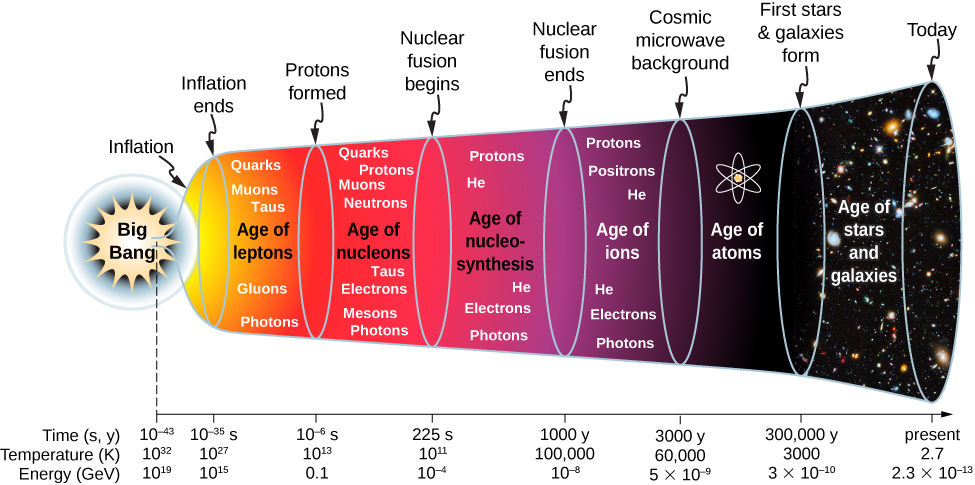

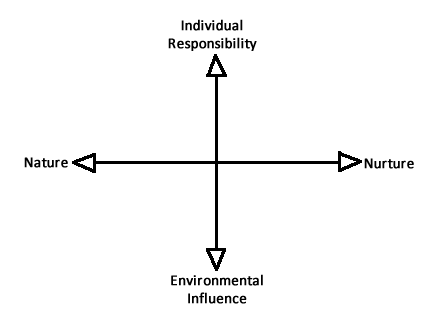

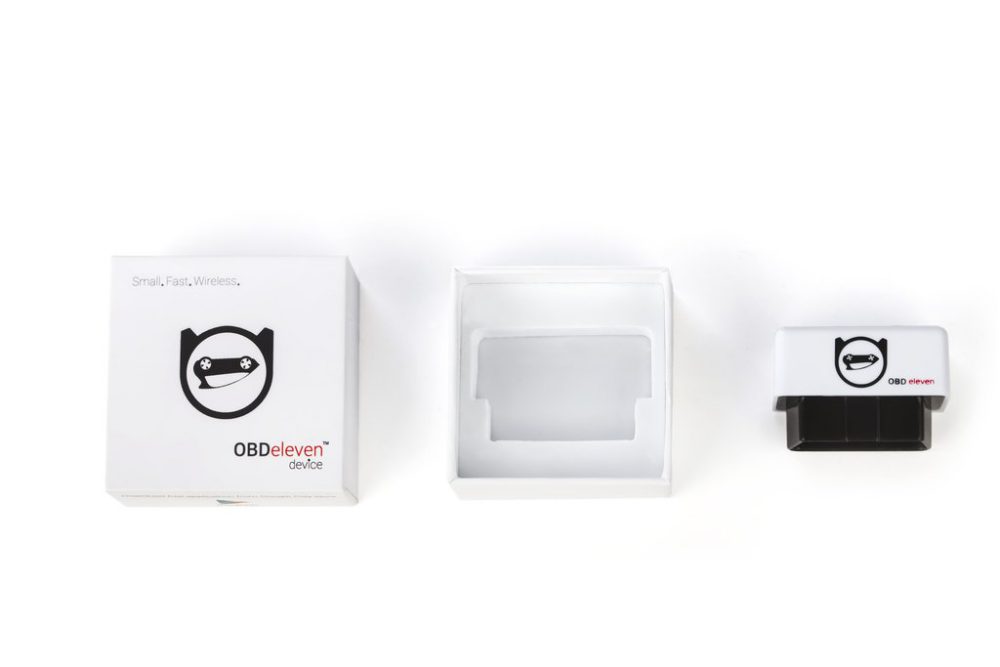
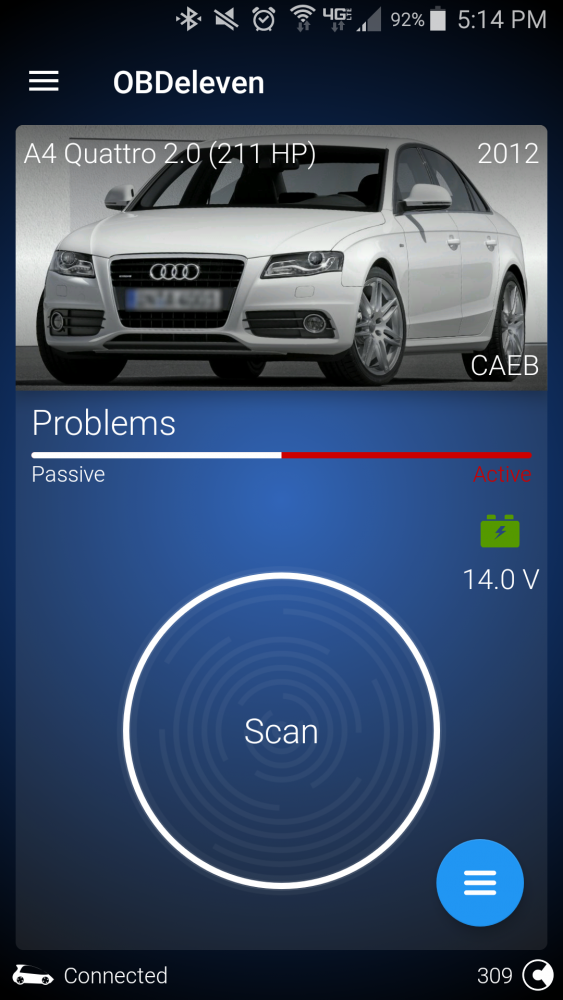 OBDEleven is awesome! It’s simple to use and is wi-fi based, easily connects to your laptop or smart phone… no cables required! No more going to the dealership to clear the yearly maintenance code or the occasional ‘check engine’ codes, saving you time and money. It gives you the ability to chart what your Audi is doing in real time. Checking misfires, torque, etc., it’s just a few clicks away. And you can store those charts on your smart phone for future playback. You have the option to send all sorts of data to anyone via email as well.
OBDEleven is awesome! It’s simple to use and is wi-fi based, easily connects to your laptop or smart phone… no cables required! No more going to the dealership to clear the yearly maintenance code or the occasional ‘check engine’ codes, saving you time and money. It gives you the ability to chart what your Audi is doing in real time. Checking misfires, torque, etc., it’s just a few clicks away. And you can store those charts on your smart phone for future playback. You have the option to send all sorts of data to anyone via email as well.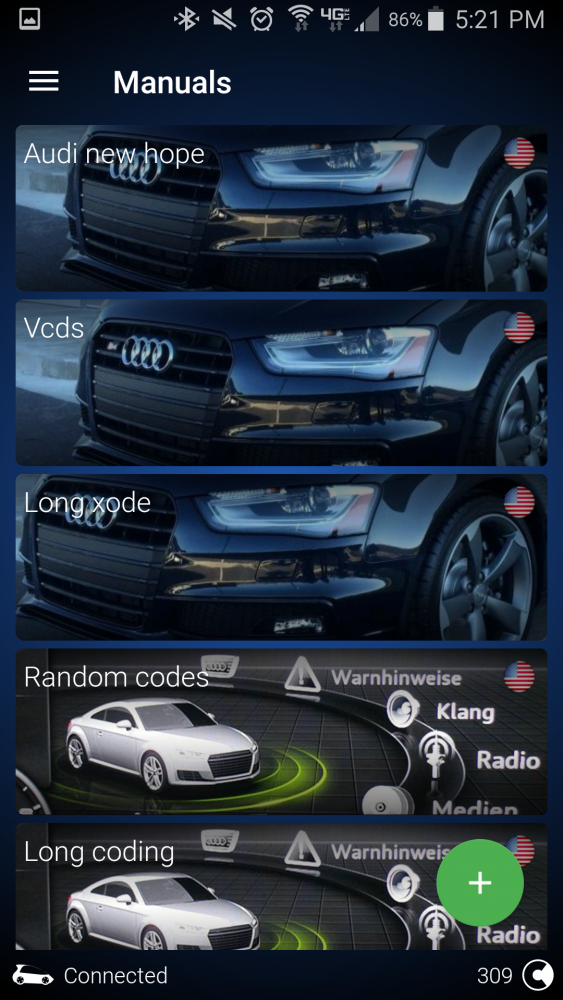 Aside from clearing ‘check engine’ codes, OBDEleven enables the user to modify their Audi to fit their individual personalities. You may want your car to always have the running lights on when the ignition is on… no problem. Maybe you want to adjust the illumination of your inside lights or external lamps? Still, no problem. Utilizing the many options available on the OBDEleven app, you can change these settings and many more with just a few clicks.
Aside from clearing ‘check engine’ codes, OBDEleven enables the user to modify their Audi to fit their individual personalities. You may want your car to always have the running lights on when the ignition is on… no problem. Maybe you want to adjust the illumination of your inside lights or external lamps? Still, no problem. Utilizing the many options available on the OBDEleven app, you can change these settings and many more with just a few clicks.



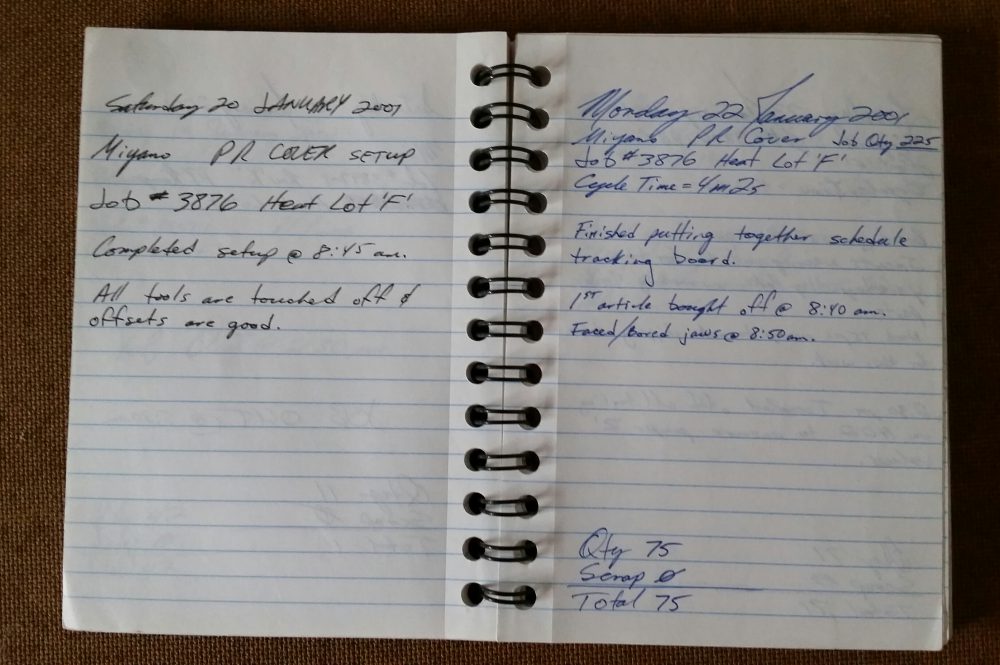

 I have, over time, tried to be more approachable. Maybe knock off some of the ‘rough edges’ people see of my outward appearance. I still carry a ‘resting bitch face’. But I’ve learned to embrace that part of myself with a bit of humor. I recently created a tee shirt with my face showing my many moods. Not surprisingly, it’s all the same face. At least folks get a good laugh when they see me wearing the shirt.
I have, over time, tried to be more approachable. Maybe knock off some of the ‘rough edges’ people see of my outward appearance. I still carry a ‘resting bitch face’. But I’ve learned to embrace that part of myself with a bit of humor. I recently created a tee shirt with my face showing my many moods. Not surprisingly, it’s all the same face. At least folks get a good laugh when they see me wearing the shirt.
